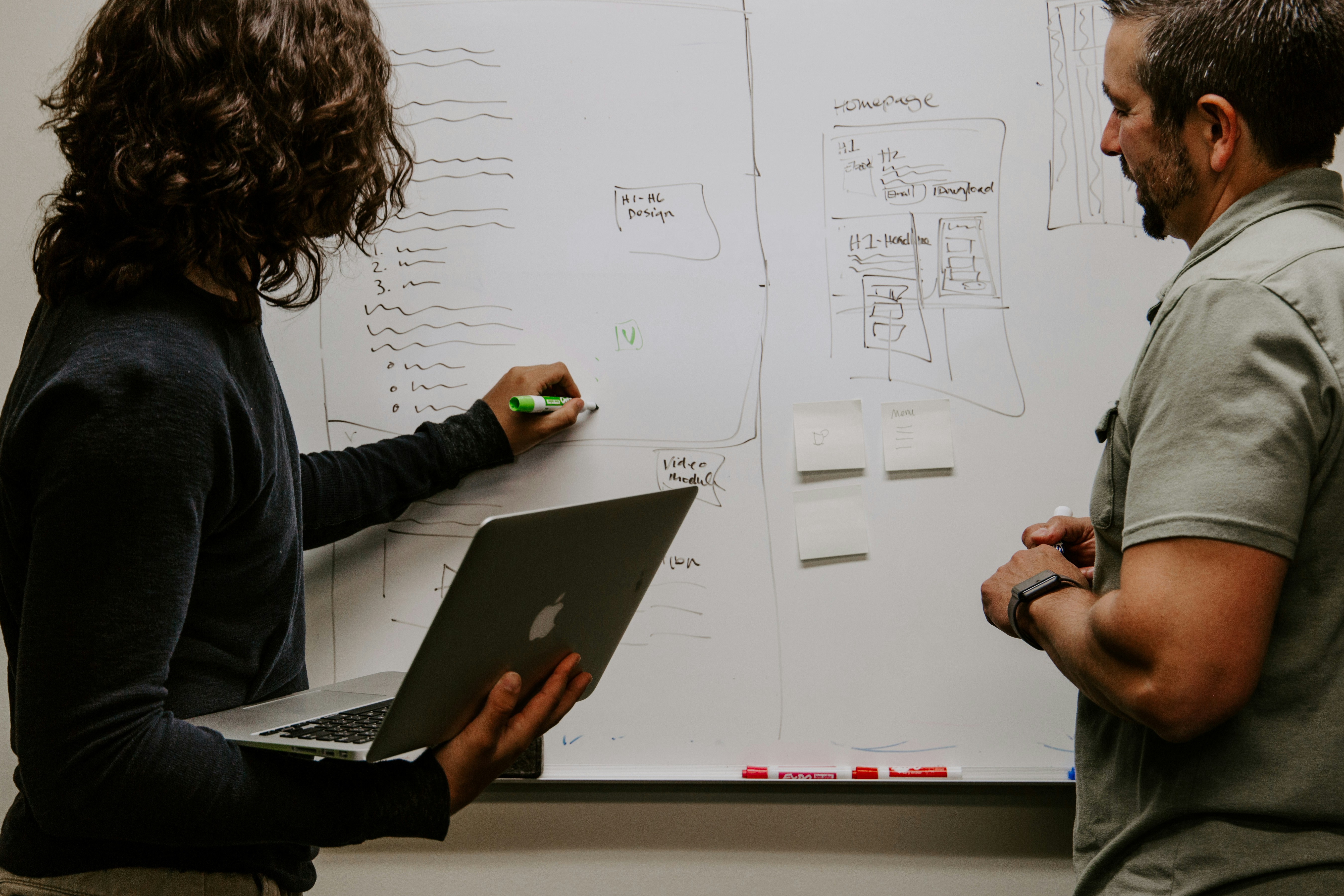How Does Policy "Move at the Speed of Trust"?
Mar 28, 2025
Policy Moves at the Speed of Trust: What That Actually Means
In government, we often talk about speed—how quickly a policy can be passed, a program launched, or a budget approved. But ask anyone who's worked in the public interest long enough, and they'll tell you: the real bottleneck isn’t paperwork or procurement. It’s trust.
You can draft a perfect strategy. But if the people you need—community partners, internal departments, frontline workers, or the public—don’t understand it, don’t believe in it, or don’t see themselves in it, the whole thing slows down. Or worse, it breaks down.
Why Trust = Velocity
Trust acts as social infrastructure. When it’s strong, it smooths coordination, lowers resistance, and enables shared risk-taking. When it’s weak, you get second-guessing, delays, and defensiveness.
Think of trust like a lubricant in a complex machine. You can build the most powerful engine, but if it’s dry—friction builds, gears grind, and the whole thing eventually seizes up.
In this sense, “policy moves at the speed of trust” isn’t just a clever phrase. It’s a formula. Want to go faster? Build more trust.
3 Things That Actually Build Trust in Policy Work
1. Transparency Over Tactics
Too often, strategy is treated like a closed-door sport—stakeholders get the final output, not the reasoning behind it. But trust grows when people understand how decisions were made, even if they disagree with them.
📌 Tip: Share the why behind your strategy, not just the what.
2. Early Invitations, Not Late Consultations
Engaging stakeholders after the direction is set invites resistance. Involving them early—even imperfectly—signals respect and helps shape stronger ideas.
📌 Tip: Bring people into the process before you have a polished solution. Co-creation isn’t a liability—it’s an accelerant.
3. Delivery That Proves You're Listening
Nothing builds (or erodes) trust faster than implementation. People watch what systems do—not just what they promise.
📌 Tip: Embed feedback loops into rollout plans. Show responsiveness in real time, not just in annual reports.
Moving Beyond Performative Alignment
Real alignment isn’t a signature on a briefing note or a nod in a stakeholder meeting. It’s when different players believe that:
They were heard
Their risks were understood
The system is better with them in it
And that belief—their trust—is what allows them to carry your policy forward, adapt it on the ground, and stand up for it when it’s challenged.
Final Thought
The pace of change is not just about political will or funding cycles. It’s about the quality of relationships. Trust speeds up collaboration, reduces rework, and enables the messy-but-necessary compromises that good policy requires.
If you're looking to scale impact, reduce friction, or future-proof your initiative—don’t just write a better plan. Build deeper trust.










